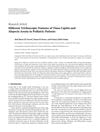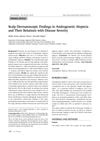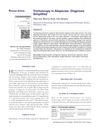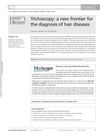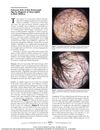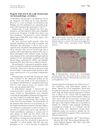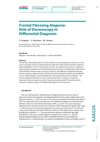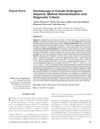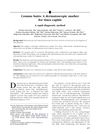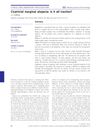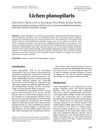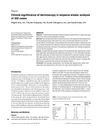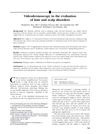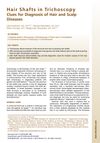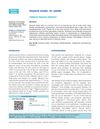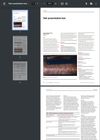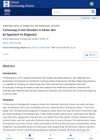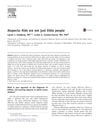Trichoscopy
January 2016
in “
Elsevier eBooks
”
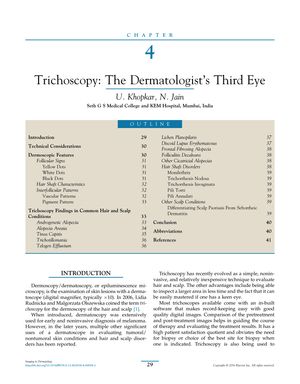
TLDR Trichoscopy is a key method for dermatologists to quickly and effectively diagnose hair and scalp conditions.
Trichoscopy, a noninvasive diagnostic technique, has proven to be an essential tool for dermatologists in evaluating hair and scalp disorders. It allows for the examination of a larger area in less time and provides high-quality digital images for record-keeping and treatment evaluation. The document highlights the use of both contact and noncontact dermoscopes, with contact types requiring an interface solution and noncontact types preferred for vascular pattern observation. Trichoscopy is instrumental in diagnosing conditions like androgenetic alopecia, alopecia areata, tinea capitis, and cicatricial alopecias by identifying specific follicular signs, hair shaft characteristics, and interfollicular patterns. Studies mentioned include one by Kibar et al., which found no significant relation between trichoscopic findings and disease severity in male and female AGA, and another by Rakowska et al. on 131 females, which established trichoscopic criteria for diagnosing female AGA with 98% specificity. The document also covers the identification of hair shaft disorders and differentiates between scalp psoriasis and seborrheic dermatitis using trichoscopy, underscoring its value in enhancing consultation standards, follow-up, and patient satisfaction.
